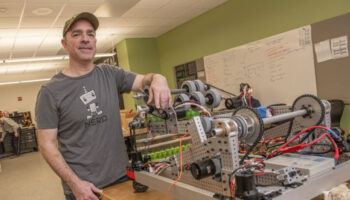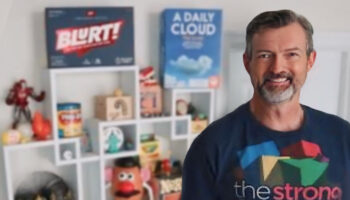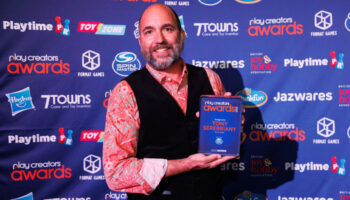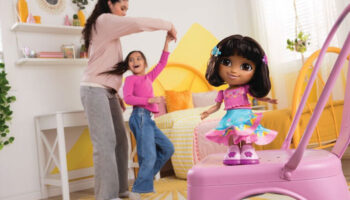The future of play

I wonder how many of the current wave of Silicon Valley’s tech entrepreneurs were inspired by the toys they played with as a kid?
I’d love to think that Instagram’s Kevin Systrom loved his 3D ViewMaster or
Elon Musk had a fleet of toy space ships and an RC self-driving K.I.T.T car. Maybe Skype’s Niklas Zennström loved his Batman walkie-talkies with pop up video screen!
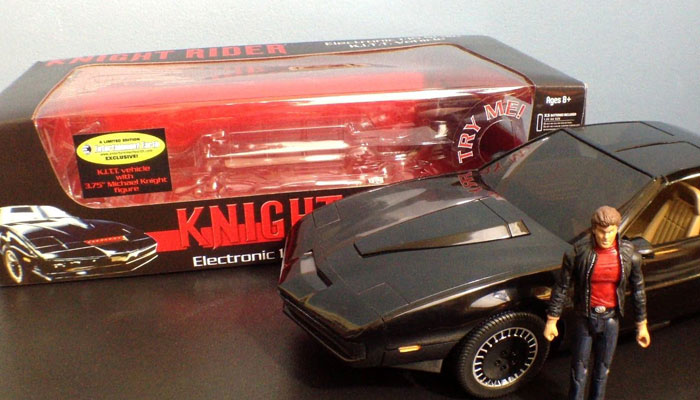
The toys we play with as a kid do develop our natural interests and teach us skills we can carry into later life. It’s very much the trend for today’s tech CEOs to shape their companies and products with a sense of playfulness and encourage playful office environments to inspire creativity, so maybe some of this rubbed off.
In fact, as kids, we often layer on a technological twist to the most mundane of toys. In our minds, our little die cast cars have huge sounding V8s, our plush friends talk and our bikes have the ability to fly, weave and dodge.
The reality today however is many of those imaginary features kids dreamed up no more than 10 years ago are available on the toy shelf. Does this help creativity or hinder it? In my opinion, it’s all about the ‘play potential’ designers build into the toys. It doesn’t matter how technological they are, if they have the potential to encourage imagination and storytelling, are designed to fit into a kid’s life and stay in one piece, then they’re no different from a light up yo-yo, Speak and Spell or any of the myriad of tech toys we’ve seen over the last 30 years.
When you want to add tech to toys you really need to think about what it really brings to the party. Sometimes toy companies just add a battery and a sound chip to justify a price point, However, I’ve always said that when it comes to tech in toys you can’t beat a well-placed LED! Be that a lightsabre coming to life, a light up nose in Operation or pulsing heart inside your favourite teddy.
But when it comes to putting cutting edge tech into toys that’s another business.
The problem is a lot of tech is often delicate, expensive and sold on margins way lower than toys. Knock an iPad on the floor and crack the screen; you blame yourself. Drop a kids tablet on the floor and crack the screen; you rant at the toy for being cheap and crappy.
Tech in toys needs to be bullet proof and that isn’t always easy to pull off. Safety standards make it hard to use certain batteries and connectors. I’ve often seen consumers put toys back on the shelf when they realised all the cool whizz bang features that made them pick it up in the first place needs some good old AA batteries to bring it alive. What did they think? That it runs on an internal fusion reactor!?
But that’s the issue, the world of toys and the world of tech have different values and the mindset of the consumer is very different when buying them. There are companies however like Anki and Sphero who position themselves as tech first, toy second. This is a smart approach but it’s not always easy to pull it off at physical retail.

So what will the future hold for technology in toys? Improved battery power will certainly unlock some new play patterns and improve old ones. With all the investment pouring into battery technology I think this will certainly impact toys in the next five years.
Cheaper display technologies and printed electronics will also offer some exciting possibilities, allowing for more characters to come to life, more games to be interactive and more play-sets to have an extra level of realism. New material technologies always offer loads of possible play potential, but I can see the push for more organic compounds and reduction of plastics.
Technology and play often do go hand-in-hand. Over the centuries, different technologies have often found uses in play. New technology is often in need of a good everyday use so play is a great way to introduce something complex to non-tech folks.
I’m not sure where the next Silicon Valley will be, but I’m sure the next wave of CEOs will be equally inspired by the toys and games they played – and still play – with.
Richard Heayes can be contacted at [email protected]







